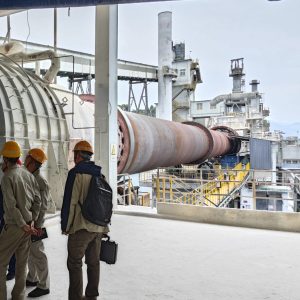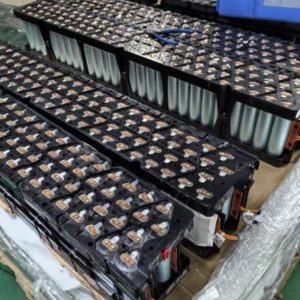

Background:
Thermal imaging device are revolutionizing automotive diagnostics, particularly in engine maintenance. These devices detect infrared radiation emitted by engine components, allowing mechanics to visualize temperature variations that indicate potential issues. By scanning the engine block and associated systems, infrared cameras can identify overheating areas, cold spots, or abnormal temperature patterns that suggest malfunctions such as faulty cooling systems or blocked radiators.
Infrared devices play a crucial role in automotive engine applications, enhancing diagnostics, performance monitoring, and maintenance efficiency. Here are some key applications:
Applications of infrared in thermometer in Automotive Engines
Infrared heat camara is used to monitor the temperature distribution across various engine components, such as cylinder walls and exhaust manifolds. By identifying temperature anomalies, technicians can diagnose potential issues like excessive wear or insufficient lubrication. For example, if a cylinder wall shows significantly higher temperatures, it may indicate friction or damage that requires immediate attention
Infrared cameras help in detecting faults within the engine by visualizing temperature changes that occur due to mechanical failures. For instance, overheating in specific areas can signal problems such as a failing water pump or a blocked coolant passage. This capability allows for early intervention, preventing more severe damage and costly repairs
Infrared devices are utilized to assess the temperature of the exhaust system, which can provide insights into the engine's combustion efficiency. Uneven temperature distribution along the exhaust pipes may indicate issues such as exhaust leaks or incomplete combustion, allowing engineers to make necessary adjustments to improve performance
During engine testing, infrared thermography can be employed to analyze heat distribution in critical components like fuel injectors and turbochargers. This analysis helps ensure that these components operate within optimal temperature ranges, thereby enhancing their reliability and efficiency
In automotive manufacturing, infrared imaging is used for quality control of engine components. By inspecting parts for uniform temperature during production processes (e.g., welding or casting), manufacturers can identify defects early on, ensuring only high-quality components are used in assembly
Technicians use infrared thermography as a diagnostic tool during routine maintenance checks. By scanning the engine with an infrared camera, they can quickly identify overheating components or electrical issues without disassembling parts, saving time and reducing labor costs
Benefits of Using Infrared Devices in Engine Applications
Non-Contact Measurement: Infrared technology allows for safe monitoring without physical contact with hot surfaces.
Real-Time Data: Immediate feedback on temperature variations enables quick diagnosis and corrective actions.
Enhanced Safety: Early detection of potential failures reduces the risk of catastrophic engine damage.
In summary, infrared devices significantly enhance the diagnostic capabilities and maintenance practices associated with automotive engines, leading to improved performance and reliability while minimizing downtime and repair costs.

In today's competitive ceramics and industrial heating markets, proper kiln maintenance separates the professionals from the amateurs. This comprehensive guide reveals how integrating small infrared cameras, kiln cement, and kiln Portland cement into your maintenance protocol can deliver unmatched performance and reliability. 1. Smal...

infrared thermal imaging technology new energy batteries Temperature monitoring Thermal management optimization Fault diagnosis